Review: Kyocera Torque for Sprint
Mar 6, 2013, 3:18 PM by Eric M. Zeman
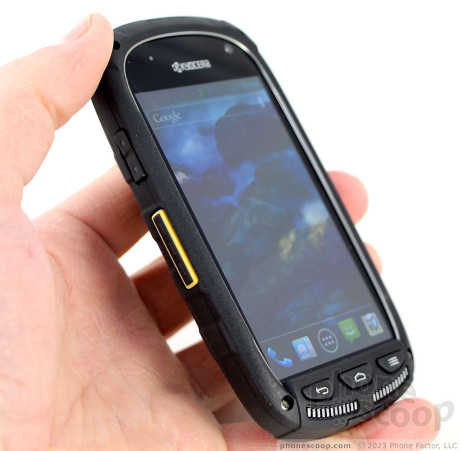
Kyocera delivers a beast of a phone in the Torque, a rugged Android smartphone for the Sprint Network. New audio technology adds a lot of firepower to the Torque's arsenal, but does it misfire? Find out in Phone Scoop's full report.
Form
Is It Your Type?
The Torque targets a pretty specific bunch of users. If you want an Android smartphone, but absolutely must have something that can withstand the abuse of an active life- or work-style, then the Torque might fit the bill.
Body
The Torque is a rugged slab. It's not pretty, but it's not supposed to be. Hard, black plastics form its grippy outer shell, and it is a bit of a bruiser. Only its semi-rectangular shape differentiates it from a hockey puck.
The Torque has the blunt features, large buttons, textured surfaces, and screwed-together look common among rugged handsets. You're not going to find anything elegant or dainty here. Take your delicate device snobbery elsewhere. The Torque is mostly black, but there are some welcome silver and yellow accents here and there to break up the black.
The overall impression is that the Torque is a solid device. It's not skinny front-to-back, but the smaller screen size (4 inches) mean the length and width are very manageable. For example, it is smaller than a device like the Nexus 4 or Galaxy S III. I can hold it in my hand comfortably and grip it tightly, no problem. It is practically as dense as a rock. Nothing about it is creaky or loose. It's tough through and through. The manufacturing quality is great. It is not exactly pocket friendly, though. The combination of the thickness and the grippy materials make sticking it in a pocket and retrieving it a bit of a chore.
The screen is recessed significantly from the bezel that surrounds it. This is to help protect the Torque from damage when placed face down on rough surfaces. It does have a weird effect on the appearance, though. It is rare to see the screen embedded so deeply. It's not bad, just different. The rectangular screen does look out of place in the ovoid shape that surrounds it. Ovals and rectangles don't necessarily mix. There are three physical buttons, positioned on the bezel itself, below the display. There are the typical Android control buttons. They are big enough that I could find them and use them with gloves on. Travel and feedback was not a problem. They felt good, even through my Isotoners.
There are two buttons on the left edge: the volume toggle and the PTT button. Both buttons are very easy to find and have excellent travel and feedback. The PTT button is set apart visually thanks to its yellow frame. It is nice and large, and works perfectly with gloves or bare-handed. The toggle button could be a wee bit bigger, but the shape and travel/feedback of the toggle are excellent. There is a single button on the right edge of the Torque, and it is (believe it or not) a dedicated camera button. It is right where you'd expect to find a camera button, and feels as good as the volume toggle and PTT buttons do.
The top of the Torque is a busy place. The are two buttons and a hatch. The hatch, which covers the stereo headphone jack, is in the middle. It takes a bit of effort to pry loose. There are two buttons flanking it: the screen lock button, and the speaker button. Both of these buttons are small nubs that could be much bigger and easier to find. Despite their small size, they have excellent travel and feedback. The microUSB port is on the bottom edge and is protected by a large hatch. This hatch is quite easy to peel back.
The battery cover fits snugly, and has a single screw holding it firmly in place. The screw can be loosened with a thumbnail, and doesn't require tools to open. Once loosened, the battery cover pulls off easily. The battery itself must be removed to access the SIM card slot and the microSD card slot.
In all, it is a solid piece of hardware that makes few concessions to earn its tough-as-nails cred.
Performance
Screen
The Torque's display measures a tight 4 inches across the diameter and offers but 800 x 480 pixels. Were the screen any bigger, the resolution might be problematic. As it is, the resolution compliments this screen size well, and it looks sharp (enough) for reading text and surfing the web. Brightness levels are adequate, though I found the Torque slightly difficult to read outside under sunny skies. Colors were vibrant and accurate. It's a good little screen.
Signal
The Torque performs on par with other Sprint devices when it comes to the network. It had no trouble connecting in most places, but rarely showed more than two or three bars (out of five). Despite what the signal indicator read, the Torque was always able to make cellular and PTT voice calls, as well as surf the web. The Torque did not drop any calls, even when the signal indicator showed no bars, and I never missed any calls. (Due to the limited availability of Sprint's LTE 4G network, we were unable to test the Torque on 4G.)
Sound
The Torque has good call quality, for the most part, but there was a hiss audible in the background that bugged me. The earpiece speaker is very good in terms of volume, but I wish it were louder. The speakerphone, however, produces excellent volume. It can easily be heard from several rooms away. The quality of calls sent to the speakerphone was better than the earpiece, as well. The Direct Connect calls I made to other PTT devices sounded quite good - on par with the cellular calls - and volume levels were the same. Thanks to the large speakers on the front of the Torque, ringers and alerts are loud enough to make your neighbor think it's his phone that's ringing.
Last, the Torque has what Kyocera calls Smart Sonic Receiver technology to make it possible to hear phone calls in even the noisiest environments. The technology eliminates the need for a traditional speaker in a handset, instead using vibrations to transmit sounds directly to the eardrum. Placing the phone in contact with the general area of the ear creates clear sound even in very noisy environments such as construction sites. This tech works automatically, you don't have to do anything to enable it. If you're wearing a helmet, just press the Torque against the helmet and you'll be able to hear calls better. Trust us, it works.
Battery
In a word, excellent. Under normal usage (some calls, texting, surfing the web, reading email, checking the weather, and downloading apps) the Torque easily lasted a day and a half between charges. If used sparingly, it wouldn't surprise me to see the Torque last two full days. For the power-conscious user, the Torque also includes some custom software from Kyocera called MaxiMZR. This settings tool will analyze the owner's usage and limit the background data connection of certain apps (such as email, or Facebook) to help conserve power. The tool takes some time (a week or more) to learn your behavior, and will go so far as to automatically shut down apps that haven't been used at all in several days. EcoMode, another Kyocera app, further helps refine its power consumption by shutting down predetermined apps once the battery reaches XX%. The bottom line here is that the Torque offers great battery life that can be extended into days' worth of use with some customization.
Ruggedization
The Torque is not rated quite as tough as the toughest phones out there, but it is much tougher than standard Android smartphones. It can get wet with no worries and takes a tumble down concrete stairs rather well. I subjected it to a fair amount of abuse, and it held up just fine. It is meant to survive the trials and tribulations of people who live and work outdoors; it won't survive World War III.
Basics
Menus
The Torque runs a stock version of Android 4.0 Ice Cream Sandwich. It is refreshing to see the stock operating system, as sometimes manufacturer or carrier-design skins can be annoying. Only the presence of several Sprint-branded apps and widgets gives it away as a Sprint device.
The lock screen offers just two shortcuts, unlock and camera, which cannot be customized. There are five home screen panels for customization out of the box, but you can delete or add screens. The main app menu is a regular old grid of apps listed in alphabetical order. Sadly, it cannot be customized in any way. Apps may also be placed on the home screen panels inside folders, which, in the Torque's case, will be the most effective way to customize the home screens and organize app icons.
The drop-down shade provides access to notifications and the settings menu, but there are no direct shortcuts for quickly changing major settings.
The Torque is compatible with Sprint iD Packs. If you choose, you can download and install these packs, which are bundles of apps, wallpapers, and shortcuts centered on a specific theme.
Take all these combined, and you have a somewhat flexible platform. The Torque is significantly less customizable than other Sprint devices, though.
The Torque uses a Qualcomm Snapdragon S4 dual-core processor at 1.2GHz per core. It provides adequate power, but I noticed some lagging and stuttering from time to time when transitioning between home screen or opening/closing apps.
Calls and Contacts
The phone and contact apps work on the Torque just about the same as every other Android 4.0 smartphone. Smartly, Kyocera was able to work the DirectConnect call tools into the main phone app so that you can manage all your calls in the same spot on the phone.
There are the usual home screen widgets for direct contacts, as well as the a nice widget for a collection of your favorites. The bigger widget lets you access your top nine contacts and gives you a cool UI for interacting with them on the home screen. It does take some futzing to properly store DirectConnect contacts as such.
Messaging
As far as messaging goes, the Torque has the stock Android tools on board. The SMS app offers nice, threaded conversations; the Gmail/email apps are great ways to manage your inbox; the Google+ and Google+ Messenger apps are good for keeping up with your G+ activity; and the Google Talk app is as powerful as ever for IM and video chats.
Neither Facebook nor Twitter is pre-installed, so you'll have to download them from the Play Store yourself.
Extras
Media
The Torque includes the native Google Play Store and associated apps for consuming media. The store lets Torque owners purchase music, television shows, books, and magazines, as well as movies and movie rentals. Each type of content has its own app for playback, and they are all pre-installed on the Torque. The Torque also includes the stock YouTube app. The Torque plays back side-loaded content without any issue.
There are no Sprint media apps pre-installed, but plenty are available for download from the Sprint Zone, such as Stitcher Radio, Sprint TV and Movies, Sprint Music Plus, NBA Game Time, NASCAR Sprint Cup and others.
Camera
Kyocera developed its own skin for the camera application, though the underlying mechanics appear to be similar to the stock Android camera app. The camera can be opened from the lock screen, or by pressing the dedicated camera key when the device is already awake. It launches quickly. Disappointingly, you can't launch the camera when the Torque is asleep, even by pressing the camera key.
The fastest and easiest way to take a picture is to press the physical camera button. It focuses in a blink and captures images in two blinks. This is a single-stage button. It focuses and shoots; there's no half-step just for focus. The Torque does not support touch-to-focus, which is a bummer.
The Torque includes several picture modes (normal, continuous, panorama, HDR, etc.), resizable images (5-megapixels down to VGA), several shooting scenes (portrait, scenery, action, etc.), and some cool things like blink detection, and so on. It is among the more flexible cameras I've seen on a device made by Kyocera.
Photos
The Torque's 5-megapixel shooter does a passable job. Most of the shots I took outdoors showed accurate color and were in focus. Exposure was sometimes problematic, with bright areas blown out and dark areas lacking detail. Sharp focus was harder to obtain indoors, and indoor shots were prone to annoying grain. Still, on average, the pictures are usable.
Video
The Torque can capture video at a max resolution of 1080p HD. In general, video results look pretty good. I notice the same type of problems with the video camera that I did with the still camera: video captured with good lighting looks good, video captured with poor lighting doesn't. The Torque had trouble adjusting to big swings in background light (see the video clip below).
Gallery
The Torque uses the stock Android 4.0 tools when it comes to the gallery software. The central image library ties together all the photos associated with your Google accounts, including Google+, and you can sync them to the device for offline access if you want.
Images are arranged in vertical columns. Poke the image you want to manipulate it and it loads in a snap. The image fills most of the screen, but there's a ribbon that stretches across the bottom so you can jump to other images in the library fairly quickly. Up top, you'll see the sharing tool.
Editing features include the ability to add effects, such as highlights, shadows, and so on; add filters such as fisheye effects; adjust colors and tones with sepia, B&W, etc. You can also crop the image, fix red-eye, adjust for face glow, straighten images, rotate or flip them, and sharpen them.
My one complaint is that the gallery app is a bit slow. Perhaps another sign of an underpowered processor or slow internal memory?
Apps
Sprint has been proactive in reducing bloatware on its Android phones. The only Sprint-branded apps are Sprint iD and Sprint Zone. Sprint iD and Zone let you do nothing but download other Sprint-branded apps and services. The Torque only includes 1GB of built-in storage, which is rather skimpy, so you have to be careful about what apps you download and where you choose to store media on the device. It supports microSD cards for both.
Bluetooth
The Torque's Bluetooth 4.0 radio worked very well. I had no trouble pairing it with other Bluetooth devices. Most importantly, call quality was excellent through both headsets and my car's hands-free system. Music worked well, too, via Bluetooth headphones.
Browser
The Torque has the age-old standard Android browser installed in addition to Google Chrome. I found the Torque performed well as a browsing device over Sprint's 3G network. Despite the limitations of Sprint's 3G network, the Torque was quick to load web pages and it never timed out. In my experience, the Chrome browser is a bit more feature-rich than the older stock browser, but I can't say that I saw any different in page load times between the two. (The Torque supports Sprint's LTE 4G network, but given the limited footprint we were unable to test in there.)
Clock
The time is visible at the top of the lock screen. It is a digital clock made of thin, white numbers. It cannot be adjusted or changed, and can be difficult to read when outdoors.
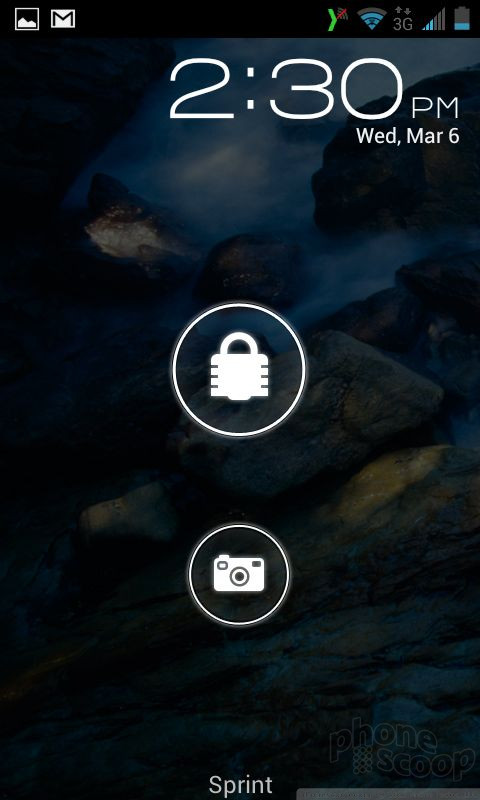
GPS
Google Maps is the only mapping software pre-installed on the Torque. If that's all you ever use, you'll be fine. It is a capable piece of software for discovering local points of interest and routing directions to them. As far as the GPS radio is concerned, it is accurate and quick. It often took 15 seconds or less to pinpoint my location. It was usually as close as 10 feet to my actual position.
Wrap-Up
The Torque is the best cell phone to come from Kyocera in ages. It gets nearly everything right. Kyocera did a great job designing a phone that looks good and functions well.
The rugged hardware is excellent and protects the innards well. The phone quality is probably the best of any Sprint device I've tested in the last six months, and offers both cellular and Direct Connect options. The battery life will impress most users, and the Smart Receiver Technology means phones calls will never go unheard. Last, the Android 4.0 operating system is a snap to learn, even if it's not entirely light on its feet.
The few stumbles made by the Torque are ones that likely won't matter to the Torque's target demographic: it has an "OK" camera, and limited media options.
If you need a rugged Android smartphone from Sprint, the Kyocera Torque is the one to get.
Comments
Nice review of the new Kyo Torque
I stopped by the local Sprint corp store today (Mar. 6) to take a look at it but when they said isn't available until the 8th, I decided I'd go to AT&T's store instead to look over their PTT offerings. Now that the Torque has received such a good first review here on Phonescoop, I'll be anxious to stop back by the Sprint store on the 8th and give it a try. The increase to $20/line/mo iDEN penalty will definitely have me off of Nextel, one way or another, before the end of March. I'm glad that the Torque sounds like a good phone to try out.
Thanks for the thorough review.
BTW, has anyone heard if Verizon has any plans to upgrade it'...
(continues)
(continues)
(1) If you want to use Sprint Direct Connect (SDC) you have to turn off the LTE. Not a problem...
(continues)


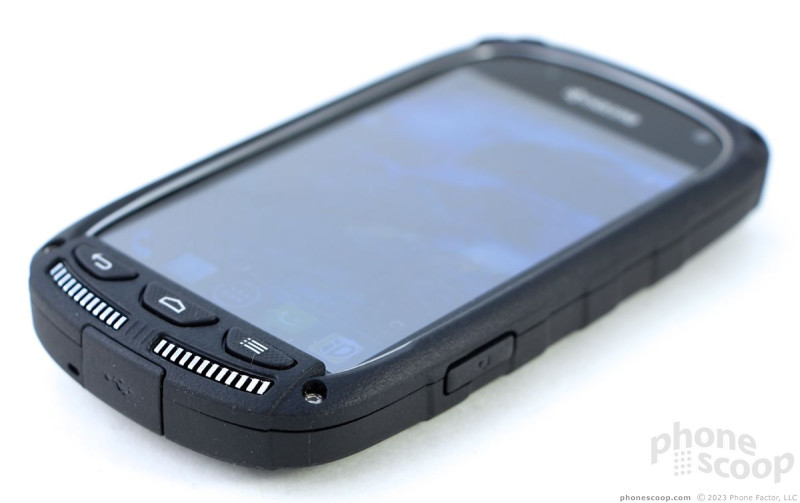












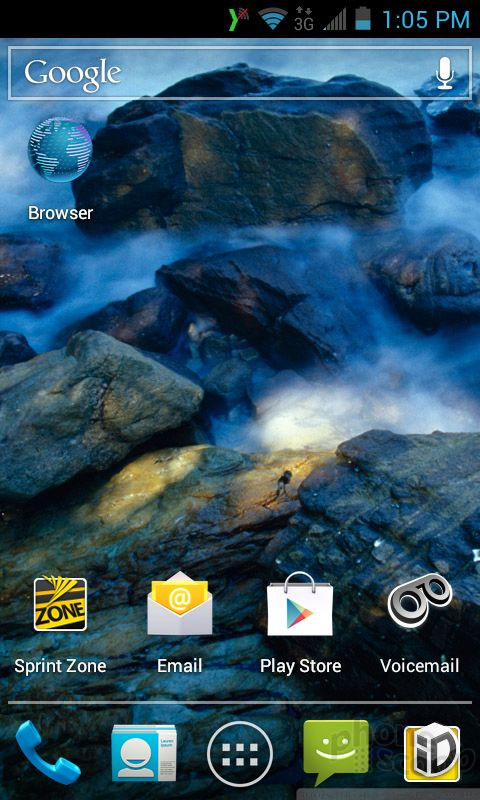




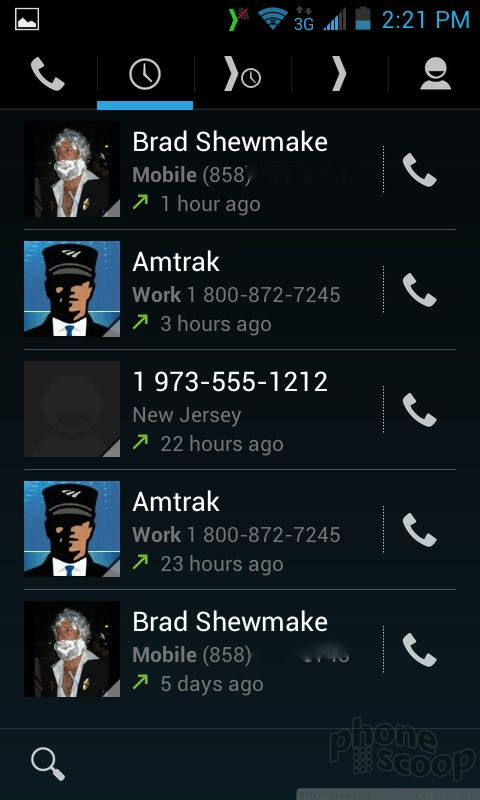








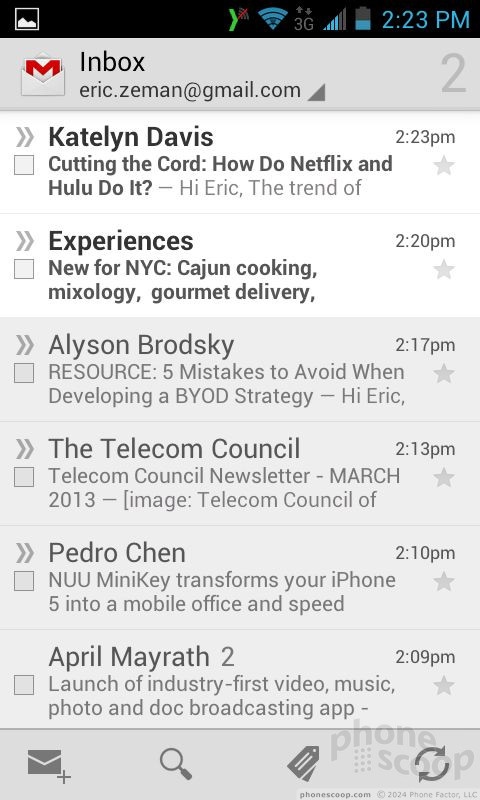



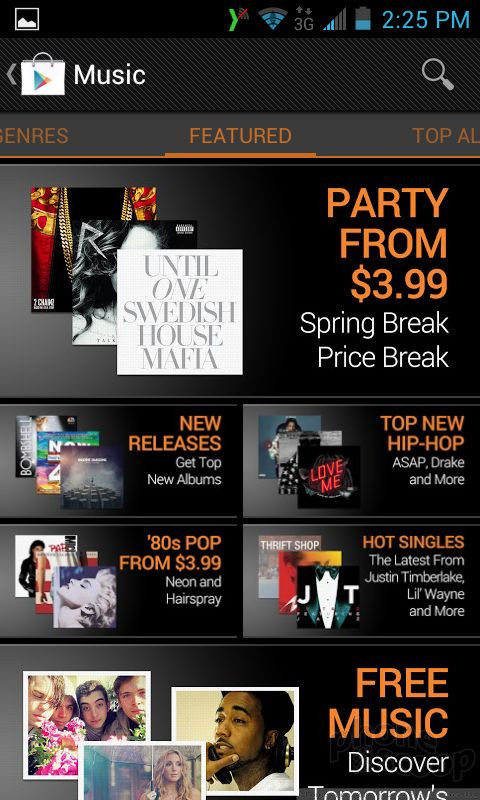






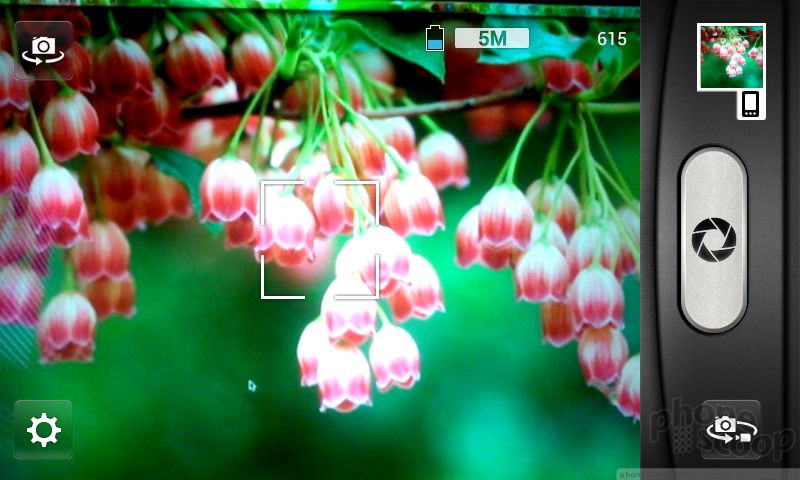
























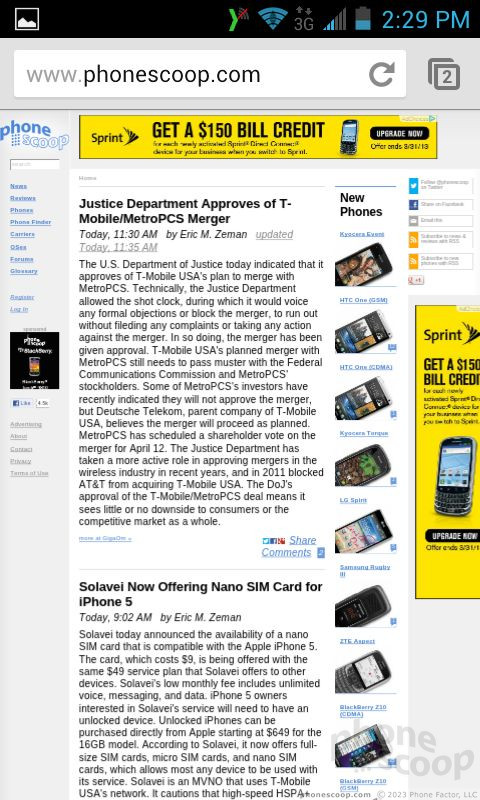




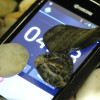 Hands-On: Kyocera Torque
Hands-On: Kyocera Torque
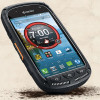 Kyocera Torque XT Now On Sale at Sprint Stores
Kyocera Torque XT Now On Sale at Sprint Stores
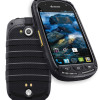 Kyocera Torque Takes Tough to a New Level for Sprint
Kyocera Torque Takes Tough to a New Level for Sprint
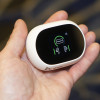 Hands On with Teams-Certified Bluetooth Earbuds
Hands On with Teams-Certified Bluetooth Earbuds
 Kyocera Torque / Torque XT
Kyocera Torque / Torque XT




